Have you ever heard of finger tap spelling? It’s often called finger tapping. But either way you slice it, it’s a fantastic and multi-sensory way to help kids with spelling… and it’s especially great for struggling spellers!
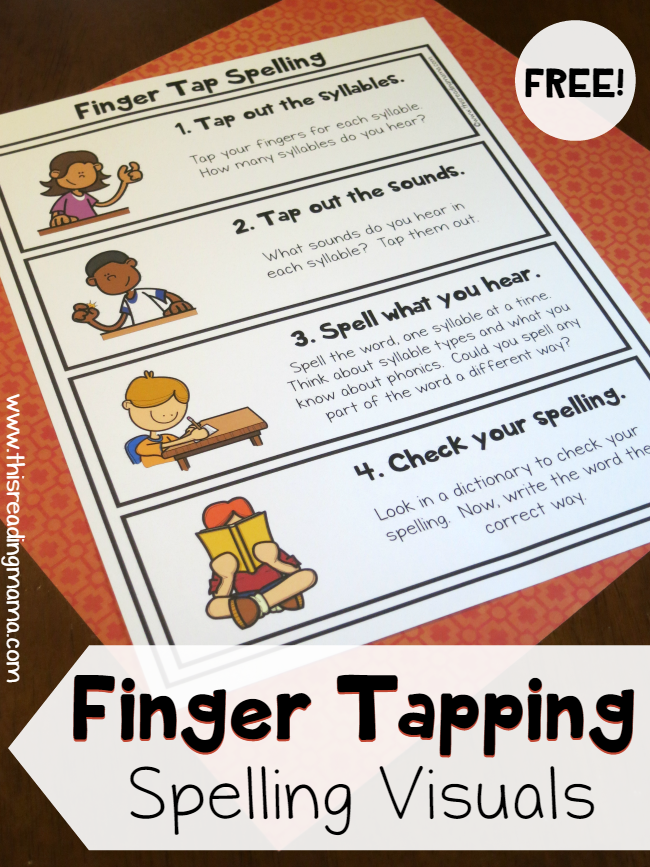
*This post contains affiliate links.
**The free downloads can be found towards the end of post. Just click on the teal, download button.
Multi-Sensory Spelling
At a recent parent-teacher conference for my 5th grader {who attends a school specifically for children with learning differences}, the teacher mentioned that she encourages the students in the class to finger tap spell words when she is working with other students.
This idea greatly piqued my interest. I did quite a bit of research on this multi-sensory spelling technique and decided I’d create a visual for my son to use at home for finger tap spelling. {The pack has a 1-page resource and wall charts, both in color and blackline.}
I’ll walk you through the steps from my printable in a moment, but wanted to quickly say that finger tap spelling isn’t something only for older spellers. Even Kindergartners can begin to do it, although their knowledge of phonics and the “rules” that govern spellings may not be as vast as an older speller.
Finger Tap Spelling Visuals
To finger tap spellings, learners can tap different fingers to their thumb, tap their fingers on the table, or tap their fingers on their arm or leg.
And while there are multiple ways to implement finger tap spelling, this is specifically how we are using it:
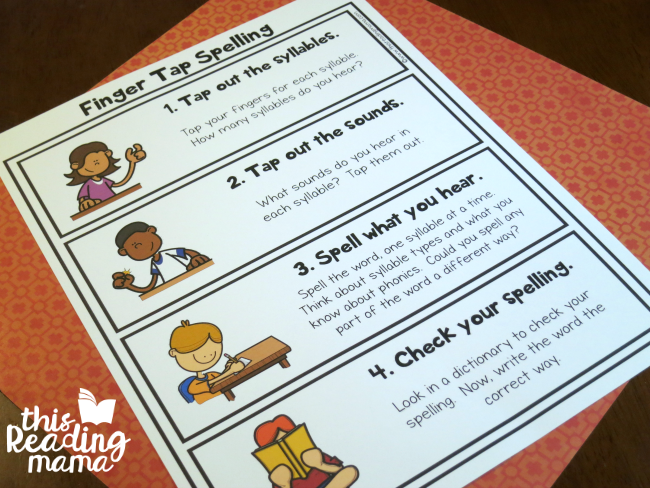
1. Tap out the syllables in the word.
Breaking down the syllables helps to slow the word down and divide it into more manageable chunks. Even if the word is a single syllable word, this step is important for some spellers who struggle to hear individual syllables. {This step works on phonological awareness, an important reading skill, too!}
2. Tap out the sounds in each syllable.
We’re working on phonemic awareness here, by listening for and separating the individual sounds in each syllable. And then to move on to step three, spellers must blend the sounds back together again.
This step may be a hurdle for some struggling spellers. You will need to model it over and over. And spellers will need support as they try it themselves.
3. Spell/write the sounds down for each syllable.
This can be another hard step in the process and once again, it takes lots of modeling and support from you.
This is especially true when the sounds in the word are ambiguous. I mean, it is CHOOING, CHEWING, or CHUING? Often times, struggling spellers aren’t even sure which one even looks right.
Encourage spellers to think about the spelling “rules” they know, like ck after a short vowel, or how the 6 syllable types govern spellings.*
Also encourage them to write down as many ways to spell the word as they can think of. {This is especially important for the next step!}
*Finger tap spelling MUST be paired with a spelling program that explicitly teaches spelling patterns, spelling “rules”, and syllable types like Words Their Way or All About Spelling. These are the very tools learners will use to help them spell each syllable. This is especially important for kids that struggle with spelling.
4. Check your spelling & write down the correct spelling.
Find a spelling dictionary kids can use to help them find the correct spellings of words.
Now, I have to stop and say there’s absolutely nothing more frustrating to try to look up a word you don’t know how to spell! I mean, you have to know how to spell it to find it, right? But when learners are encouraged to think about syllables and sounds within the word, then write down multiple spellings, they are much more likely to actually find the word in the dictionary!
Personally, like a good picture dictionary. I think Scholastic or Merriam-Webster are both good.
Older, struggling readers may prefer to have a dictionary without all the pictures {as it may feel kind of “baby-ish”}. I highly recommend Scholastic’s Dictionary of Spelling. I love the tips provided for how to look up words, that the words are broken down and listed by syllables, and the fun “Misspeller’s Dictionary” towards the back!
Do you use finger tap spelling with your spellers? I’d love to hear and learn more from you!
Just an FYI: The free printable pack also has larger charts {in color & blackline} that can be placed on the wall to remind all spellers of these finger tap spelling steps!
Enjoy!
~Becky
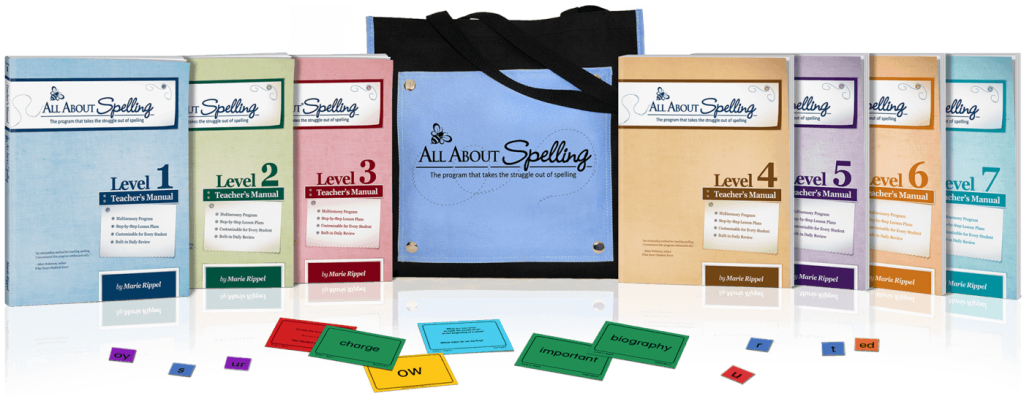

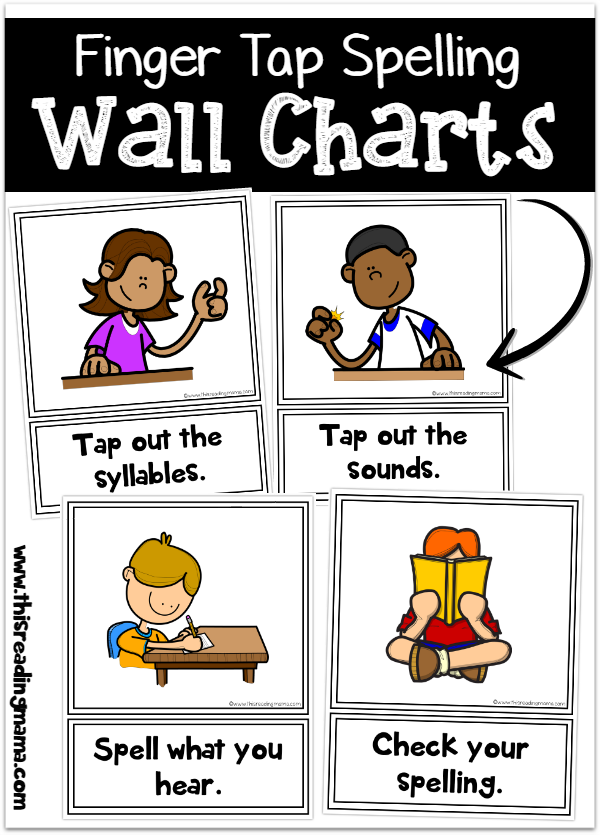

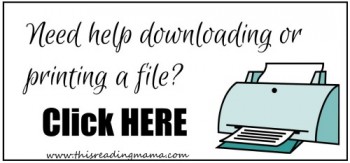
Thank you Becky!
You’re welcome! 🙂
I’ve been using this idea while using All About Spelling with my first grader this year. She’s been learning to write multisyllable words, and it was getting a little frustrating having to put down the pencil/pen/marker just to clap the syllables every time, and the dang thing just kept rolling across the table. It was just a distraction! I remembered coming across this post awhile back, so I suggested that she use her other hand to finger tap each syllable, and then she could write it without having to put down her writing tool each time. What a relief for both of us! Thank you Becky.